The Vedic era of Sanskritic History is considered to be the oldest in the cultural history of India. In this era, the four Vedas have expanded, namely, ‘Rigveda‘, ‘Yajurveda‘, ‘Atharvaveda‘ and ‘Samaveda‘. Among them, ‘Rigveda‘ is the oldest book in the world in which stored mantras are called ‘Ric‘ or ‘Richa‘ in Hindi. All mantras are chanted in which the hymns of various Gods are available. ‘Yajurveda’ is not a hymn and there is a law of Yagyas in it. The ‘Atharvaveda’ has a collection of Sukhmalakas and welfare chants and tantric legislation. ‘Samaveda’ is the lyrical form of mantras. The ‘Rigveda’ is said to be the origin of other Vedas.

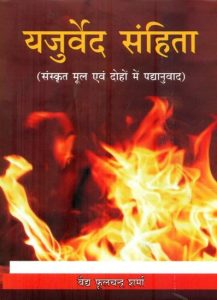
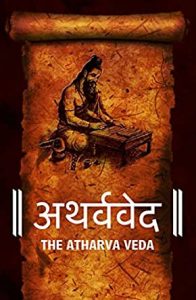
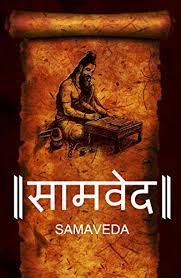
When a sentence is pronounced voiceless, it is called ‘Vachan‘. If the sound in the sentence is loud and low, but the Swara is not in its proper place, then this action is called ‘text‘ and when a sentence is sung in such a way that the Swara is placed in its proper place, then that verb is called ‘anthem’. That is why the student of music is told that the stool of music is ‘samveda’ (‘lyrical form of the Rigveda’). The text form of Veda is useful for those who are students of Natya or theatre. ‘Text’ has its origin in ‘Rigveda‘, ‘Geet‘ stool ‘Samaveda‘, ‘Abhinaya‘ has its origin in ‘Yajurveda‘ and ‘Rasas‘ has its origin in ‘Atharvaveda‘.
The words Gir, Gat, Gatha, Gayatra, Geeti and Sama for the song in ‘Rigveda’. The hymns of the Rigveda are called stotras when they are fixed in the ‘Swaravalis’. The four parts of the song are described as ‘Swara’, ‘Pad’, ‘Taal’ and ‘Bhaag’. Conspicuous vowels are called ‘swaras’ and the group of people with unaccompanied vowels or meaningless groups is called ‘padas’. The frequency of languages, including specific divisions, is called ‘Taal’ and the type consisting of a fluid, middle or delayed rhythm is called ‘Marg’. That is why a student of music has to find the swara positions, talas and the seeds of honour respectively in the Samaveda.
It should be kept in mind that basically ‘Samagan‘ does not have a village department or ‘Gram vibhaag‘. After the development of ‘Gandharva’ form the Samagan, the communicators started using Gandharva’s murchana in the Samagan. But, we have to find the origin of ‘Shadaj-Gramniy’ swaras in ‘Samaveda’.
In Samaveda, the order of swaras is inferior, therefore, medium, Gandhara, Rishabh and Shadag respectively Udaatt, Anudatt, Swarit and Udaatt that is used in today’s Bageshree (Bagishhwari) melody. Their Saamrvedh related names are first, second, third and fourth. They are quadratic, triangular, secondary and quadratic, respectively, towards Avroh. These Madhyam, Gandhara, Rishabh, and the Samvaadi Taar of Shadaj Saptkiye Shadaj and the Middle Saptakiye Nishad, Dhaivat, and Pancham respectively. This is the simplest method to get ‘Shadaj-Gramic Saptak’.
‘Three, four, five, six or seven vowels are used in Saam-Gaan. Less than three swaras do not contain singing. Mostly, the song is composed of five or six swaras. According to some people, under the Kautham branch, the anthem of the two Samas is ‘Saptasvara’.
According to the Purana, the originator of Mool Sama – branches is ‘Veda Vyasa’. Keeping in mind the requirements of Yagya, Vedic and cosmic musicians were appointed. One to seven numerals are used in vocal texts of Sama as vowels, whose place is visible both above and between the letters.

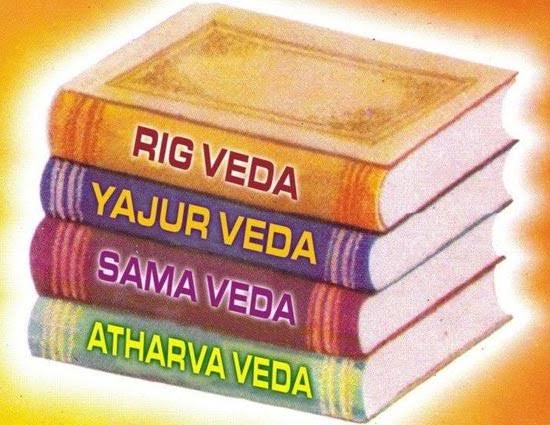
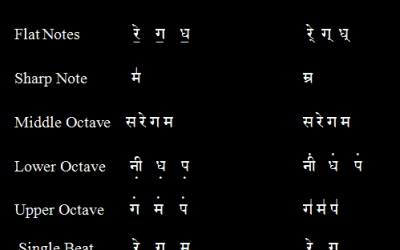


0 Comments